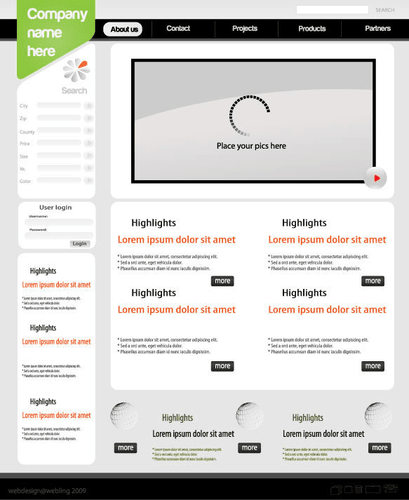By the same token, the ledgers by the end of the year were full of entries and cumbersome, to say the least, so we closed them, both literally and figuratively. But there are other accounts, like the revenue and expense accounts, that we want to track only for one year. We call those temporary accounts, and when we start our new book, we just start accumulating those amounts from zero. Closing entries take place at the end of an accounting cycle as a set of journal entries. The closing entries serve to transfer these temporary account balances to permanent entries on the company’s balance sheet. This resets the balance of the temporary accounts to zero, ready to begin the next accounting period.
- Accountants perform closing entries to return the revenue, expense, and drawing temporary account balances to zero in preparation for the new accounting period.
- As the result of closing the revenues and expenses of MicroTrain, the total revenues and expenses have been transferred to the Income Summary account.
- Accounting automation streamlines data collection, reconciliation, adjustments and report generation, significantly reducing book closing time from weeks to days.
- Adjusting entries record items that aren’t noted in daily transactions.
- This process results in all revenues and expenses being “corralled” in Income Summary (the net of which represents the income or loss for the period).
Nonetheless, the phrase “close the books” remains – in the same way, we say “hang up our phones” or “dial a number”, though places to hang your receiver and phone dials are both long gone. Businesses often use professional bookkeeping services to ensure they are on track financially, are tax-season ready, and are able to continue to grow and thrive. Get started here if you want to speak to a professional about your business cash flow. Most small companies close their books monthly, though some only do so at year’s end. For example, you could choose all entries in 2024, or it could be for the month of January 2024 only. Free accounting templates can help you keep your journal entries in order and manage your bookkeeping in a straightforward manner.
Module 4: Completing the Accounting Cycle
Cash payments (“cash disbursements”) include any payments made by cash, check, or electronic fund transfer. The same is true of your cash receipts journal, though this journal tracks the inflow, not the outflow, of funds. After the closing entries have been posted, the Service Revenue and Interest Revenue accounts (in T-account format) of MicroTrain appear as follows.
These permanent accounts and their ending balances act as the beginning balances for the next accounting period. We see from the adjusted trial balance that our revenue account has a credit balance. To make the balance zero, debit the revenue account and credit the Income Summary account. When you close the books monthly, that means you make journal entries to ensure all transactions for the month have been captured.
What Is A Balance Sheet?
It appears that the accounting cycle is completed by capturing transaction and event information and moving it through an orderly process that results in the production of useful financial statements. Importantly, one is left with substantial records that document each transaction (the journal) and each account’s activity (the ledger). the closing process is sometimes referred to as closing the books It is no wonder that the basic elements of this accounting methodology have endured for hundreds of years. No matter the type, size, or structure of your business, closing the books is a critical component of year-end planning. Reviewing and reconciling the past year’s financials is a foundational part of good business accounting.
Other accounting software, such as Oracle’s PeopleSoft™, post closing entries to a special accounting period that keeps them separate from all of the other entries. So, even though the process today is slightly (or completely) different than it was in the days of manual paper systems, the basic process is still important to understand. The purpose of the closing process for each period is to avoid incorrectly recording income or expenses in previous periods.
Step 1: Close Revenue accounts
These finalized reports show a business’s financial position over a certain accounting period—whether a month or an entire year. It’s easier to make adjustments to journal entries when you use accounting software with connections to expert bookkeepers and tax prep services. Post the account totals from your cash payments and your sales and cash receipts journal to the appropriate general ledger account to close the books.

The larger and more complex the business, the more frequent the need to close books – usually monthly or quarterly. More frequent closing provides better visibility into financial performance. However, smaller businesses can often get by with just annual closings to reduce accounting workload. Most companies aim to close within days after a period ends to facilitate reporting and analysis. To understand what it means to close the books, we first have to understand what the books are. They’re records of financial transactions – how often you’ll close them depends on the nature of your business – it may occur once a month, once a quarter, or even once a year.

